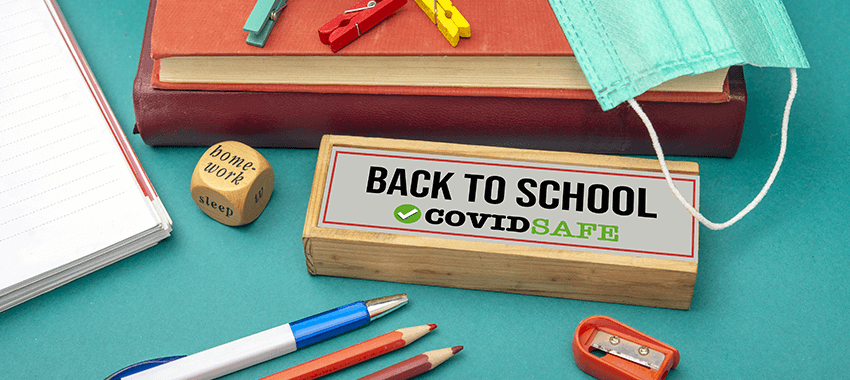A COVID-Creative Classroom—Top 10 Creative Ideas
Posted by By Marisa Rubin on Oct 7th 2020
Are you ready for the 2022–23 school year? We know there’s a lot to think about with the new (ever-changing) regulations, and that’s where creativity comes in. Yes, the new school year will be different than those of the past, so we surveyed nearly 6,000 teachers and asked them what they’re looking forward to the most with the new learning terrain.
Here’s the top ten answers, how they can benefit your students, and some creative ideas to make the learning fun:
-
Individual Supply Kits
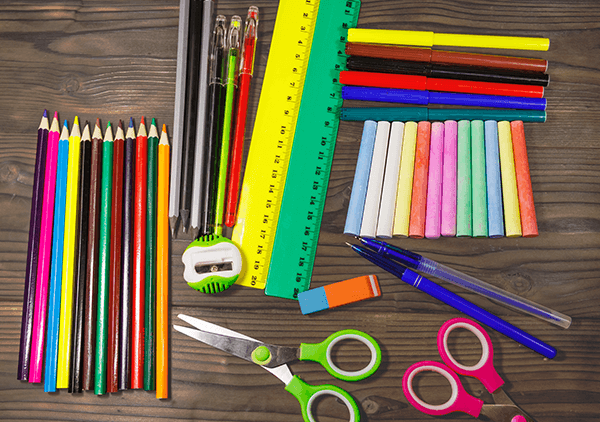
Yes, sharing is caring—but not when it comes to germs. To keep health and hygiene front and center, individual supply kits are essential. A perfect place to store everyday-use items like pens, pencils, scissors, and rulers, these supply kits should also include sanitation products, like disinfectant wipes, so each student has the opportunity to wipe down their desk and items at their leisure. With the heightened emphasis on germs and community spread, young learners might also be experiencing an increased level of anxiety. Having their very own cleaning products within reach can help to alleviate any germ-related stressors. Here are some other benefits to individual supply kits:
- Kids love to have their own supplies; they won’t have run up to the supply table to make sure there is enough for them, or that their favorite color is still available.
- Supply kits can help to teach organizational skills.
- Make sure to explain to your students how to properly share items in a COVID classroom; how to lend and borrow items in a safe manner and with good etiquette.
- Utilize products that make classroom management easier like Classroom Chairback Buddies and classroom pocket charts.
-
Create Masks
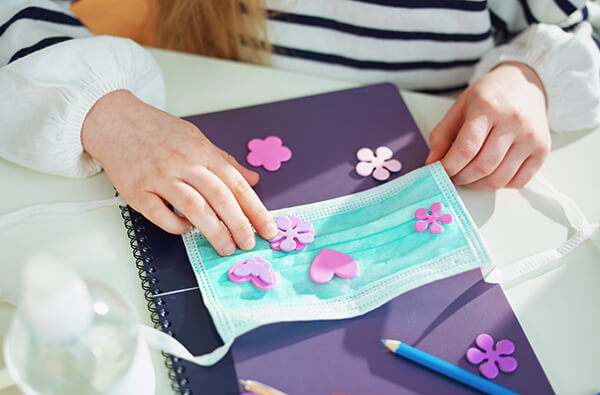
Masks: The latest fashion trend. As the “new normal,” let’s make masks fun! From lessons about emotions (allowing students to create multiple masks that indicate different feelings, emotions, or facial expressions) to exercising fine motor skills (using scissors), here are some great ways to get creative while making masks:
- Fabric masks—Have students bring in an already constructed fabric mask that they can embellish with glitter and paint pens.
- Old folders/construction paper:
- Trace or free-hand the shape of a face on construction paper or an old folder (draw where the eyes, nose, and mouth should be); then draw an expression (happy, sad, etc.) as displayed with the mouth or eyebrows (if making a full-face mask, cut-out holes for each student’s eyes); then, glue the masks to popsicle sticks and allow the students to use them as needed to indicate their feelings.
- At the beginning of each day (or throughout the school day), ask your students, “How do you feel today?” then each student can pick one of their masks to hold up.
- This provides a great avenue to daily emotional dialogue in the classroom.
- It’s a good idea to have your students wear a lanyard for their mask while they play outside during recess. This way they won’t leave their mask on the ground or lose it while playing.
-
Technology
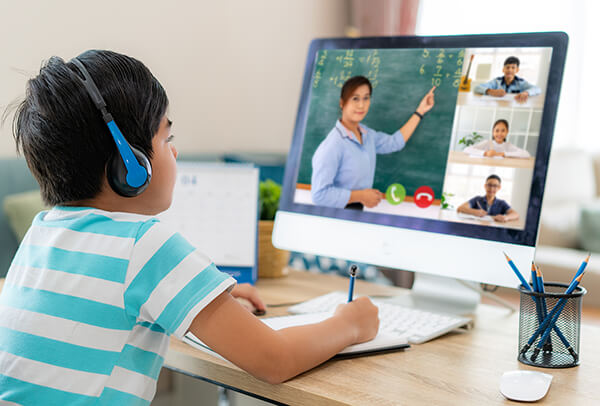
We are so lucky to be in the 21st Century, as technology is literally at our fingertips. A benefit to the use of tech in the classroom is that it offers a great way for visual learners to better understand the subject matter. Oftentimes, relying on books or text to explain something can be a hindrance. Open up to the world wide web and see all that it has to offer, from using Google Slides and Docs for collaborative group projects or whole-class discussion to allowing students to search for the answers to a question (obviously with parental control or adult supervision, just in case), there’s many benefits to using technology in the classroom. Here’s a few ideas:
- Allow this to be an opportunity to teach about the importance of Digital Citizenship and the proper “safe” ways to search the web.
- Provide classroom rewards for students who can find the correct answers the fastest. Incentives can help increase student morale.
- If discussing a specific subject:
- Geography: Students can watch an actual movie or video clip about geographic locations and cartography.
- Science: Students can watch how others around the world did a particular experiment and what the outcome was. This allows you to cover expensive—but worthwhile—science lessons or experiments that otherwise wouldn’t be able to be done due to budget or availability.
- Search for online games and platforms to help with distance between kids whether in or out of the classroom.
-
Sign Language + Hand Signals

Everyone knows the peace sign, right? In a time of “no contact,” instead of being sad that hugs are now on the “no-no list,” here are some things to be excited about:
- Incorporate fun hand signals and lessons on American Sign Language (ASL). This provides students with the opportunity to learn a new form of communication. Additionally, teaching sign language also provides students with a newfound awareness and understanding for those who have disabilities and/or a hearing impairment, while opening up an avenue to discuss the importance of inclusion and tolerance.
- The hand signals found in ASL teaching resources can help young learners strengthen their hand-eye coordination and memorization skills.
- As a class, create fun dance moves as greetings and salutations (hello, goodbye, recess time, etc).
-
Positivity SEL
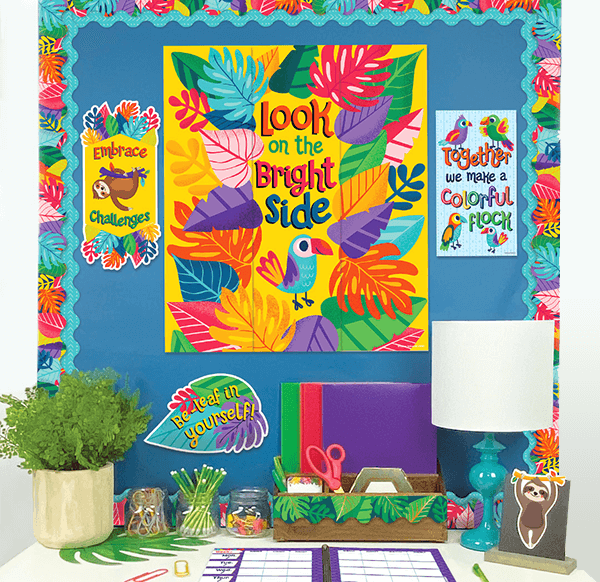
Maintaining a positive learning environment is an essential task for any teacher (or parent). Using Social Emotional Learning curriculum in the classroom and at home can help young learners to better understand how to manage their emotions and to maintain a positive mindset. In a world that seems to be filled with negative news and sad stories, remind students that there are just as many (if not more!) happy stories that aren’t being highlighted. Make sure to explain that while things might seem difficult or uncomfortable right now, if they look on the positive side, the changes that they’re making are for the greater good of society and their friends and family.
- Task your student/child with finding 3-5 positive stories (with adult supervision) in the news each week and, at the end of the week, have them explain to the class (or family) why they chose the stories they did.
-
Hand-washing Songs
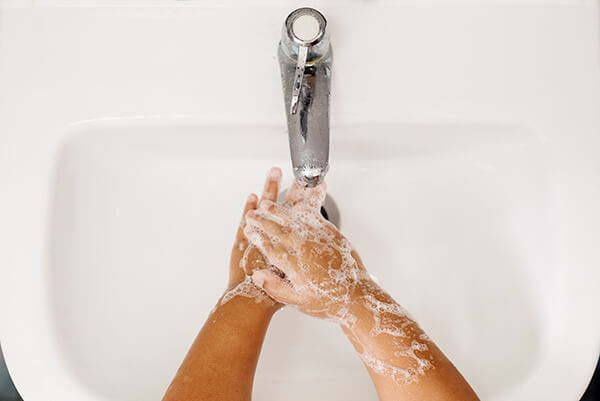
Singing boosts dopamine levels—or at least we think so! While this might not be a proven fact, we definitely love listening to songs and singing along. Of course, winning American Idol might be a longshot, but the creative process of constructing a song from scratch is a fun exercise to help turn daily chores (such as washing hands) into something to look forward to. Here’s a cool idea for crafting a song with the whole class:
-
Have the kids brainstorm words that relate to hand-washing (soap, 20 seconds, towel, dry, back of hand, front of hand, in between fingers, etc); put each word up on the board; then, find a familiar tune (like Happy Birthday) and as a class, students can put the words together to create an interactive, personal song that they created together to sing whenever washing their hands.
You can also do this to create songs for other types of hygiene exercises and daily activities.
-
-
Cardboard High Fives
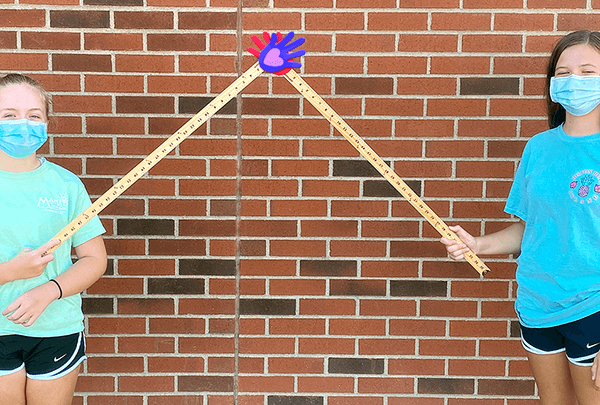

While high fives are frowned upon these days, that doesn’t mean that students can’t have fun while interacting with each other. This is where creativity and hands-on projects come into play:
- Durable construction paper high fives: Grab some construction paper; fold “fan style” back and forth (this makes the fan more durable); have students take a marker and outline their hand on it and cut along the line. Then, have students go outside and find a good stick (not too long or too heavy) and use a hot glue gun or tape to adhere it to the high-five fan.
- You can also use our Hands with Hearts Colorful Classroom Cutouts, they are the perfect size for high fives!
- If you have cardboard, use a rotary cutter or exacto knife (teacher/adult only) and pre-cut the hands for the students.
- For both ideas, allow the students to embellish their cardboard or paper high fives with glitter, pom-poms, markers, etc. Allow their creativity to shine through!
-
Outside Class
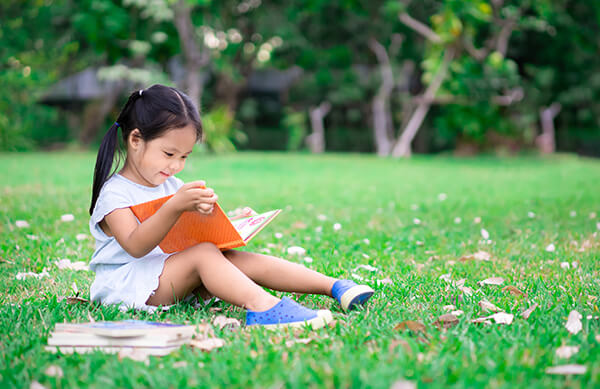
As long as the weather permits, being outside can be a real mood-lifter. Not only does class outside allow for proper social distancing, it also provides an unlimited amount of lessons and exercises that can benefit young learners (and adults!) alike:
-
Easy identification: The open air provides so many sounds that young learners can identify. From birds chirping to trucks driving by, ask your students what they hear.
This also provides an opportunity to have students understand the science behind listening; how sound travels, etc.
- Take a seat: Make “sit-upons,” which are essentially individual seats so that kids don’t get dirt or grass on their pants.
-
Grab some cardboard, have the student sit on it and trace the amount of space that they need (which is also a great math and measuring exercise) and then cut out their shape in either a triangle/rectangle/circle. To make it easy to transport, cut out a small hand-sized rectangle (or any shape that they want) to serve as a handle for easy carrying. You can then take a garbage bag and staple/glue it around the cardboard “sit upon” to provide a barrier for any wet grass and to make it easy to clean and keep for more than one use.
You can even make this into a STEM exercise and explain why the different materials (cardboard, plastic garbage bag) exhibit different textures, why one absorbs water (cardboard) while the other (plastic garbage bag) is water resistant, and how each material is made.
-
- Open air: Being outside can also allow students to have the adequate space that they need to feel safe in a world of social distancing, while also providing a calm atmosphere to help alleviate stress.
-
The environment: Conducting class outside offers a nice immersion for environmental science lessons. Why is the sky blue? What is chlorophyll and where can you find it?
For older grades, discuss the dew point; why was yesterday hotter with more humidity; what does humidity do to our skin or hair; what about the grass outside?
- Remind parents to send their kids to school with water, sunscreen, a hat, and/or sunglasses if the opportunity to spend the day outside is available.
-
-
Science
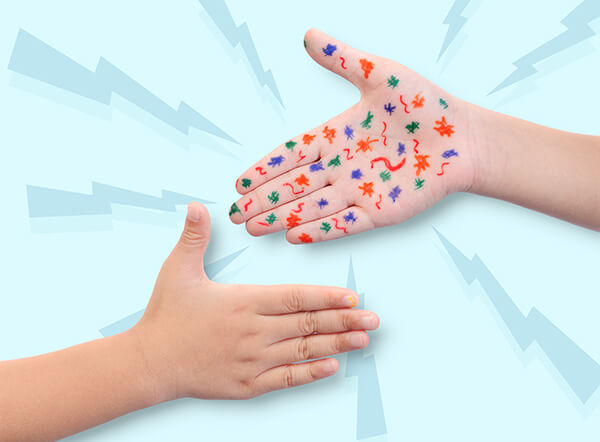
In this new world of COVID-19 teaching, science is front and center. From “community spread” to the science behind the molecular breakdown of viruses and germs, there’s many ways to incorporate engaging science lessons into this new teaching atmosphere:
- Get visual: Show how germs spread with an interactive outside science exercise.
-
Go outside and have each student find a leaf that they like (don’t give them rules as to how small or large of a leaf to pick, as each leaf represents a real person and how different everyone is). Then have them put all the leaves in a circle; once the wind blows, they will have a visual representation of how germs can spread from person to person.
You can also do this experiment inside by having students make their own “leaves” out of construction paper (or any type of paper material) or select a colorful classroom cutout of their choice. Put all the pieces in the center of the room or a common area. Then use a large fan or many fans (that student’s have created) to mimic wind and watch as the “leaves” dissipate around the room.
-
Give each student a soup bowl (you can have parents send them in with the kids or get disposable bowls) of water and have students sprinkle pepper into the water. Representing the “COVID” germs (or any germ/virus), the pepper will float on the surface of the water. Then have each student add one drop of dish soap (this represents a cough or sneeze) in the water, and see what happens!
Explain to your students that the reaction they are seeing is what happens when a person coughs or sneezes, and how the germs react or spread.
-
- Get visual: Show how germs spread with an interactive outside science exercise.
-
Having a Smaller Class
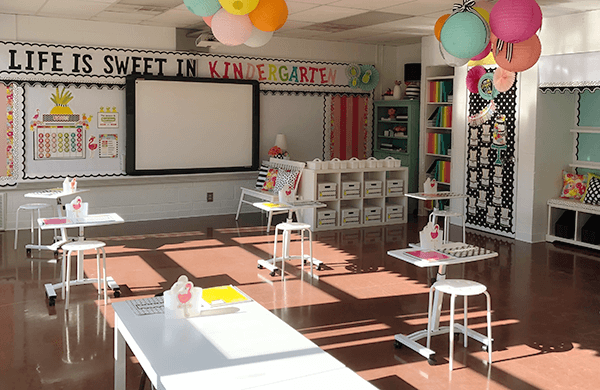
A smaller class size can definitely be an advantage. Not only does it provide the opportunity for more 1:1 time (with a mask, of course), but it also provides more time for each student to shine. The small-group environment offers the opportunity to teach students how to work as a team, while not necessarily being physically close. This can prove beneficial for many real-world experiences they may come across as they age.
- Individualized attention provides teachers with the time to more quickly recognize when a student might need a little extra help with a given subject.
- For those students who tend to be more of an introvert or shy, the smaller class offers them more space to feel comfortable and to also be heard.
Overall, this school year will definitely have its fair share of hurdles, but rest assured, there’s no hurdle that teachers and parents can’t overcome. In a world of learning to adapt, this is the perfect time to enable young learners to be malleable and to thrive—even the most difficult of situations. While it may be hard to provide the usual curriculum, the new areas that are being exercised could prove beneficial in the long run, providing the youngsters of this generation a new outlet to learning and a newfound ability to adapt to whatever the future holds.


